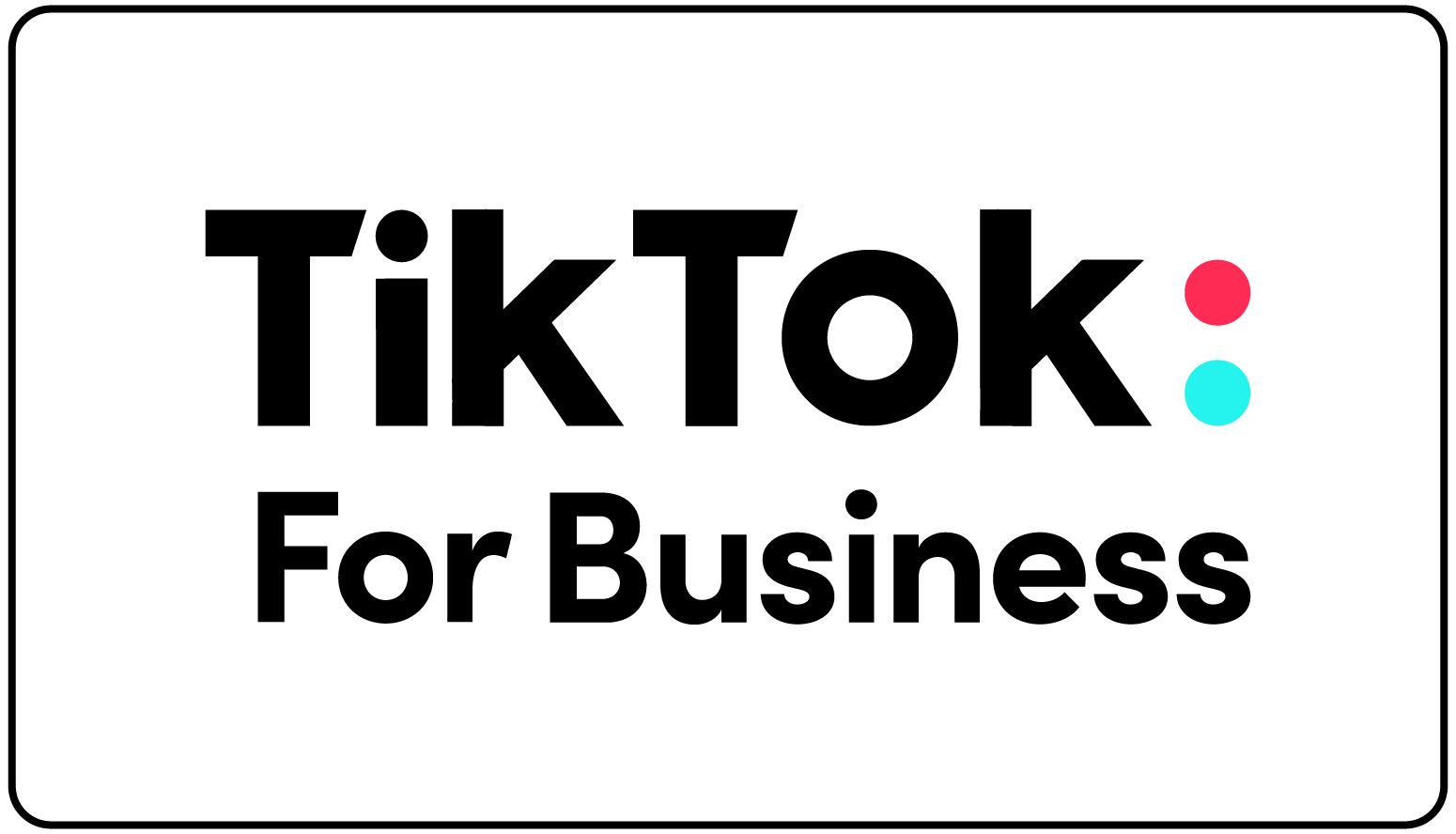When it comes to healthcare marketing, one of the biggest mistakes providers can make is using the wrong advertising strategies. Effective advertising is crucial for reaching potential patients, building trust, and ultimately growing your healthcare practice. However, with so many advertising options available, it can be challenging to determine which approaches are best suited for your specific audience and goals.
Understanding Your Target Audience
At the heart of effective healthcare marketing is a deep understanding of your target audience. Before investing in any advertising campaign, take the time to thoroughly research and identify your ideal patients. Consider the following factors:
- Demographics: Age, gender, geographic location, income level, education, and occupation can all play a role in how you craft your messaging and choose your advertising channels. For example, younger audiences may be more easily reached through social media platforms, while older audiences might respond better to more traditional channels like print or TV.
- Needs and Pain Points: What specific health concerns or needs do your target patients have? Understanding their pain points will help you tailor your messaging to address their specific challenges and highlight how your healthcare services can help.
- Behavior and Lifestyle: Consider the behaviors and lifestyle choices of your target audience. Are they health-conscious? Do they prefer alternative therapies? Do they value convenience or personalized care? Understanding these factors will help you create ads that resonate with their values and priorities.
Choosing the Right Advertising Channels
Once you have a clear understanding of your target audience, you can select the advertising channels most likely to reach them effectively. Here are a few common options to consider:
- Digital Advertising: This includes a variety of online platforms such as social media, search engines, websites, and email. Digital advertising offers precise targeting options and a wide reach, making it an effective way to connect with specific audiences. For example, you can use social media platforms to target users based on their interests, demographics, and behaviors.
- Print Media: Despite the rise of digital marketing, print media still has its place in healthcare advertising. This can include magazines, newspapers, brochures, and direct mailers. Print media is particularly effective for local targeting and can help build trust with potential patients.
- Broadcast Media: Television and radio advertising can be powerful tools for reaching a broad audience and building brand recognition. These channels are ideal for conveying emotion and storytelling, which can be effective in healthcare marketing.
- Outdoor Advertising: Billboards, bus shelters, and other outdoor advertising options offer high visibility and can be strategically placed in locations frequently visited by your target audience.
Key Considerations
When crafting your healthcare advertising campaigns, keep the following points in mind to avoid common mistakes:
- Consistency: Ensure that your messaging and visual branding are consistent across all advertising channels. This helps build recognition and trust.
- Compliance: Healthcare advertising must adhere to strict industry regulations. Ensure that your campaigns comply with privacy laws, truth-in-advertising standards, and specific healthcare regulations.
- Clear Call to Action: Every ad should have a clear call to action (CTA) that tells the audience what you want them to do next, such as scheduling an appointment or learning more about a specific service.
- Measurable Goals: Set clear goals for your advertising campaigns and use analytics to track their performance. This will help you identify what’s working and make data-driven adjustments.
In conclusion, effective healthcare marketing relies on understanding your target audience and choosing advertising channels that align with their preferences and behaviors. By avoiding common mistakes and implementing best practices, you can create impactful campaigns that attract new patients and strengthen your healthcare brand.




